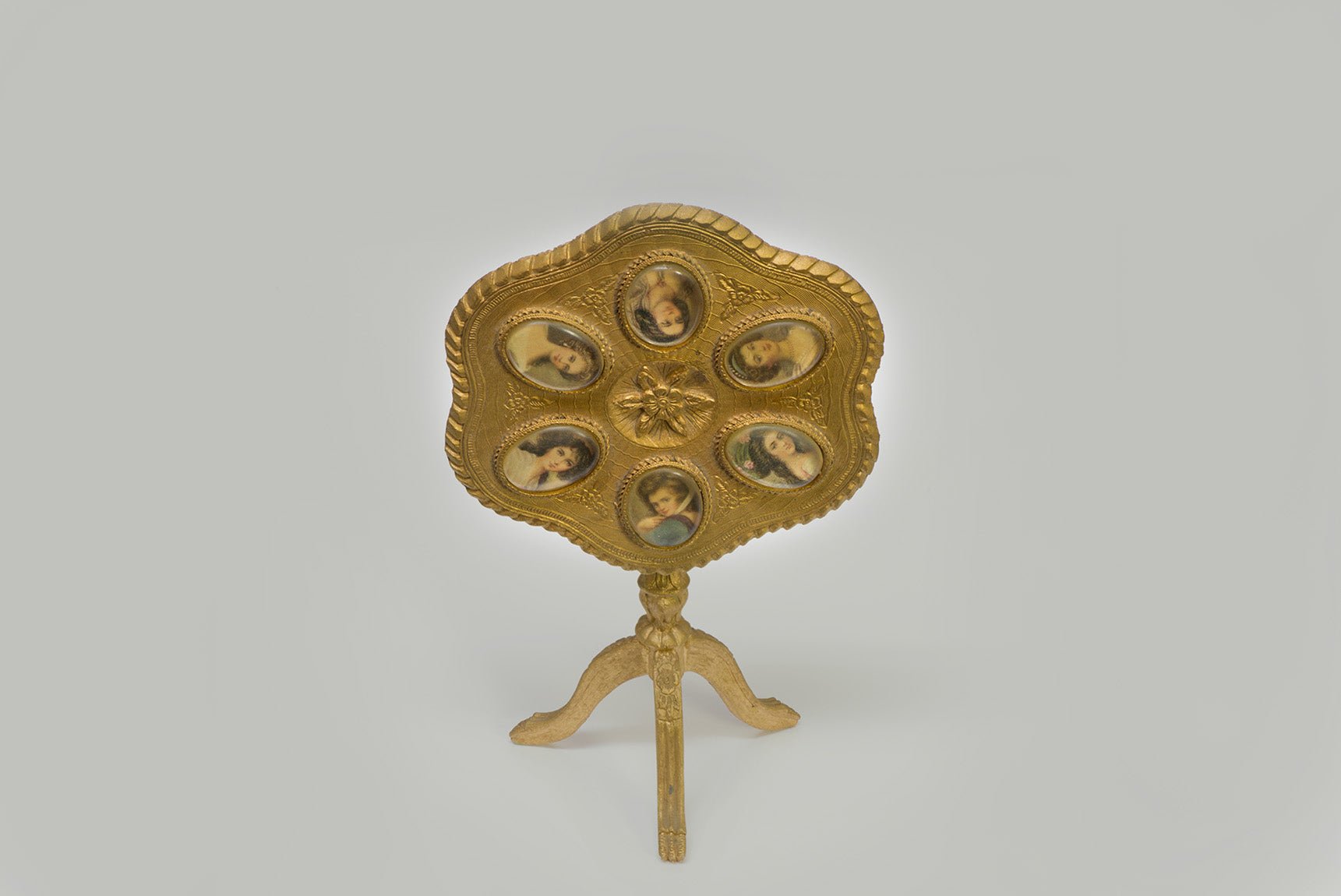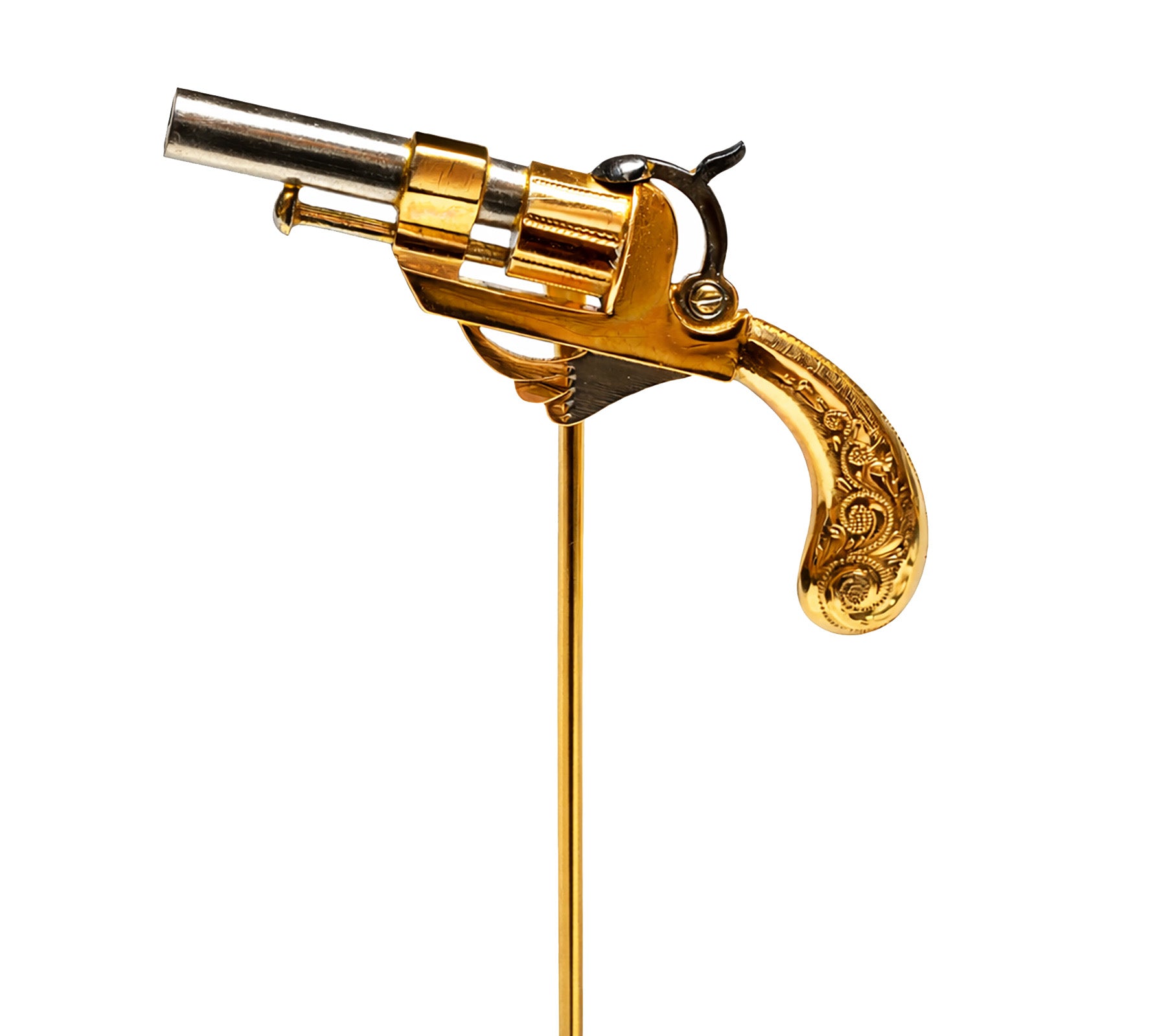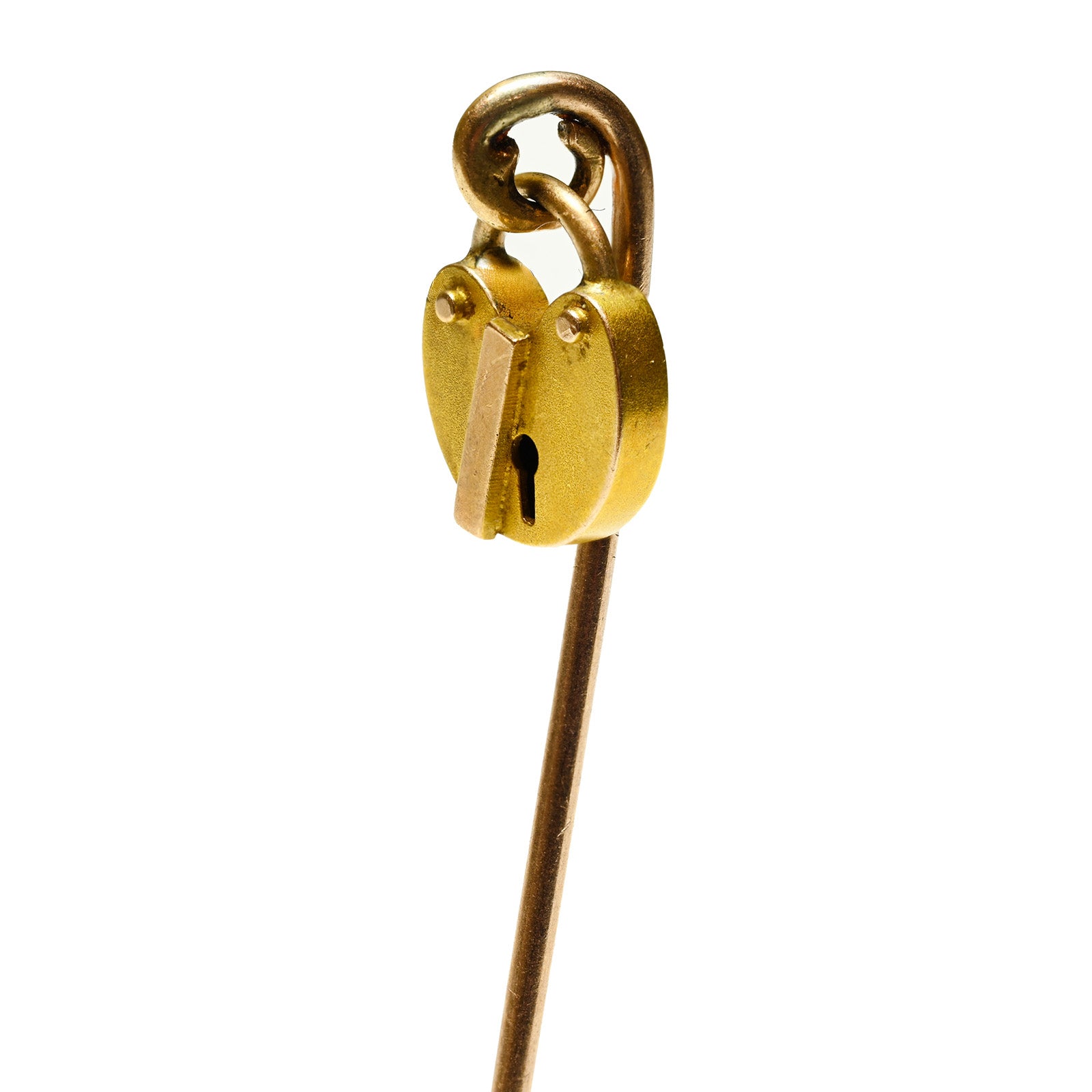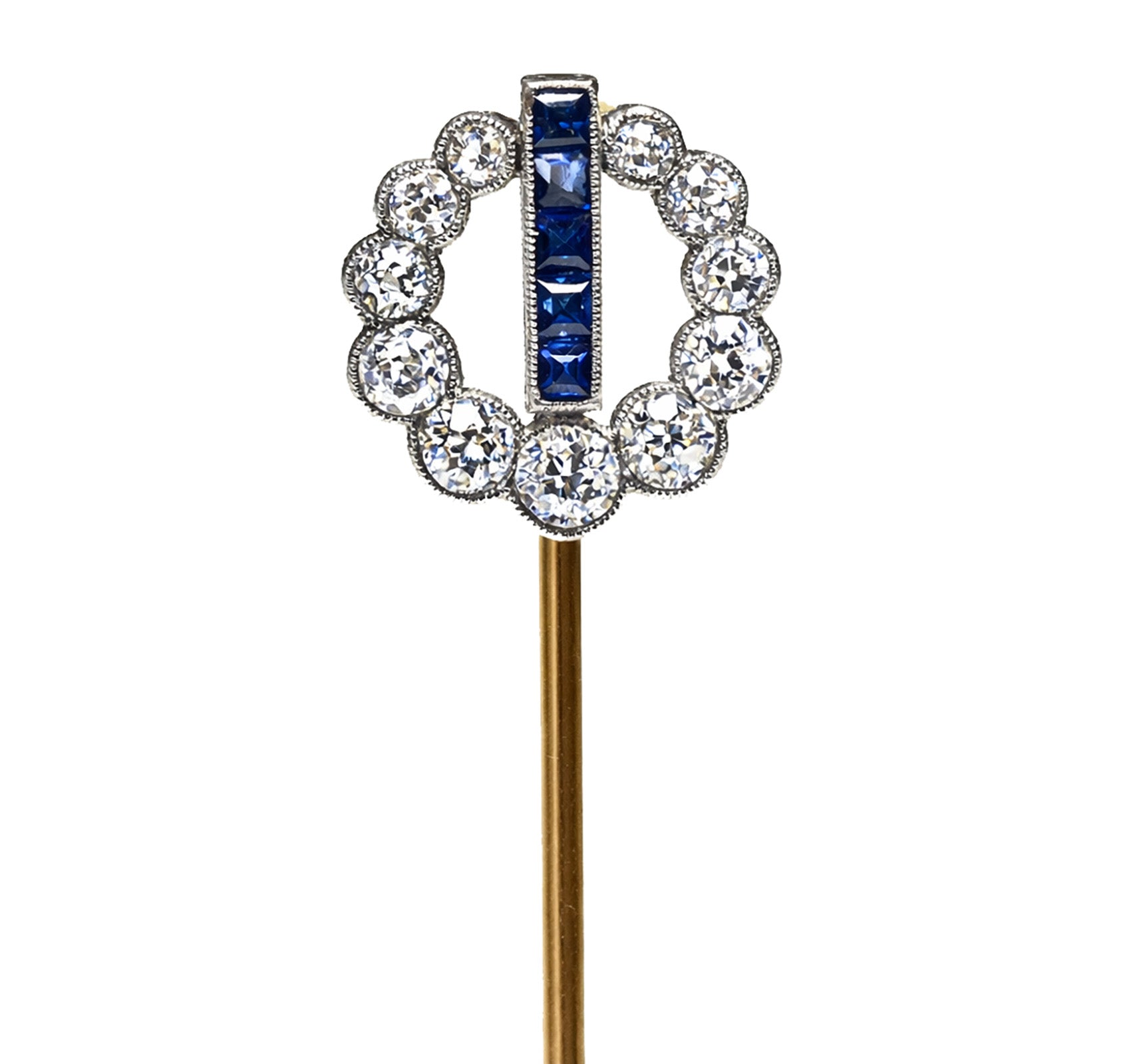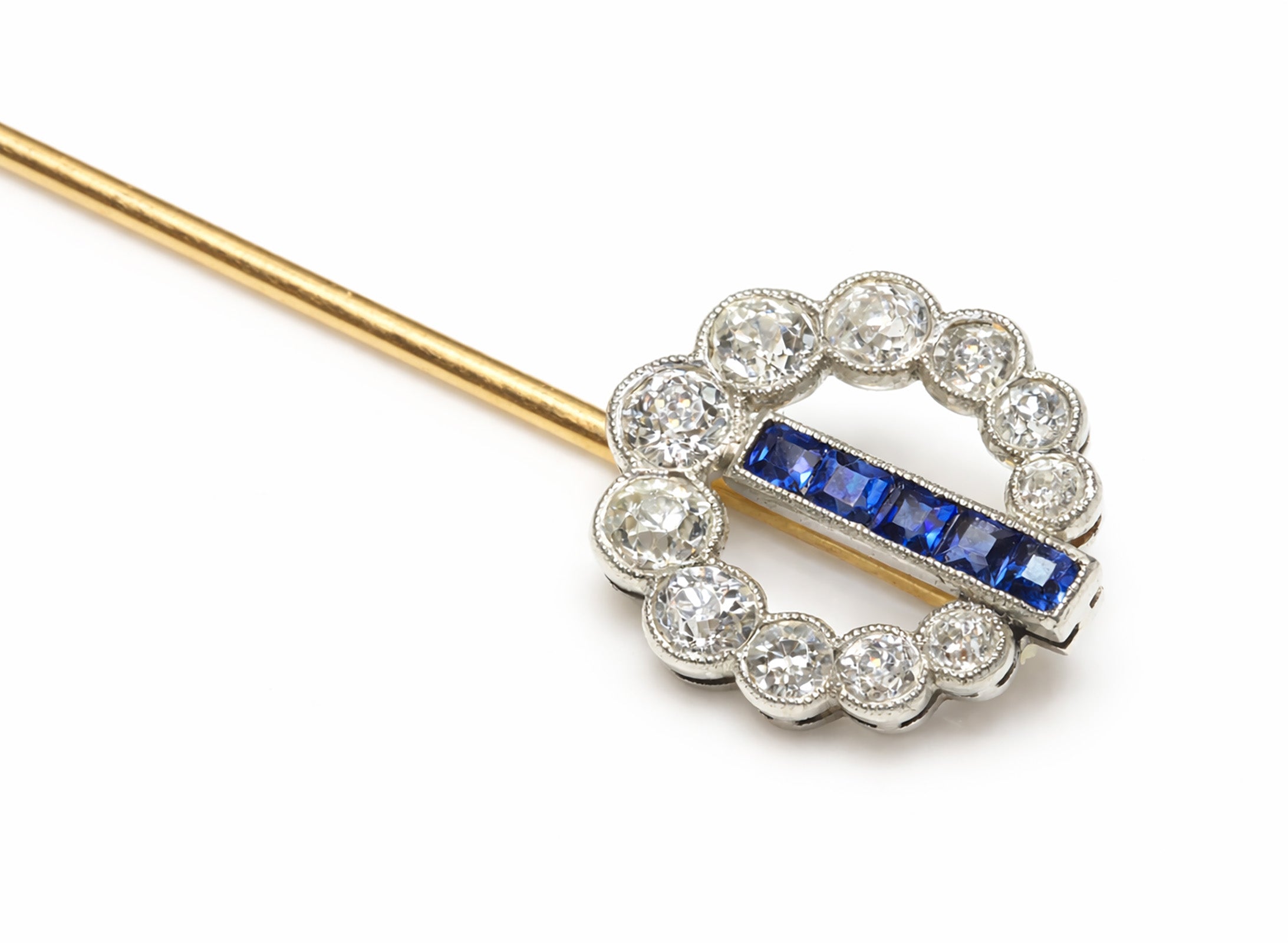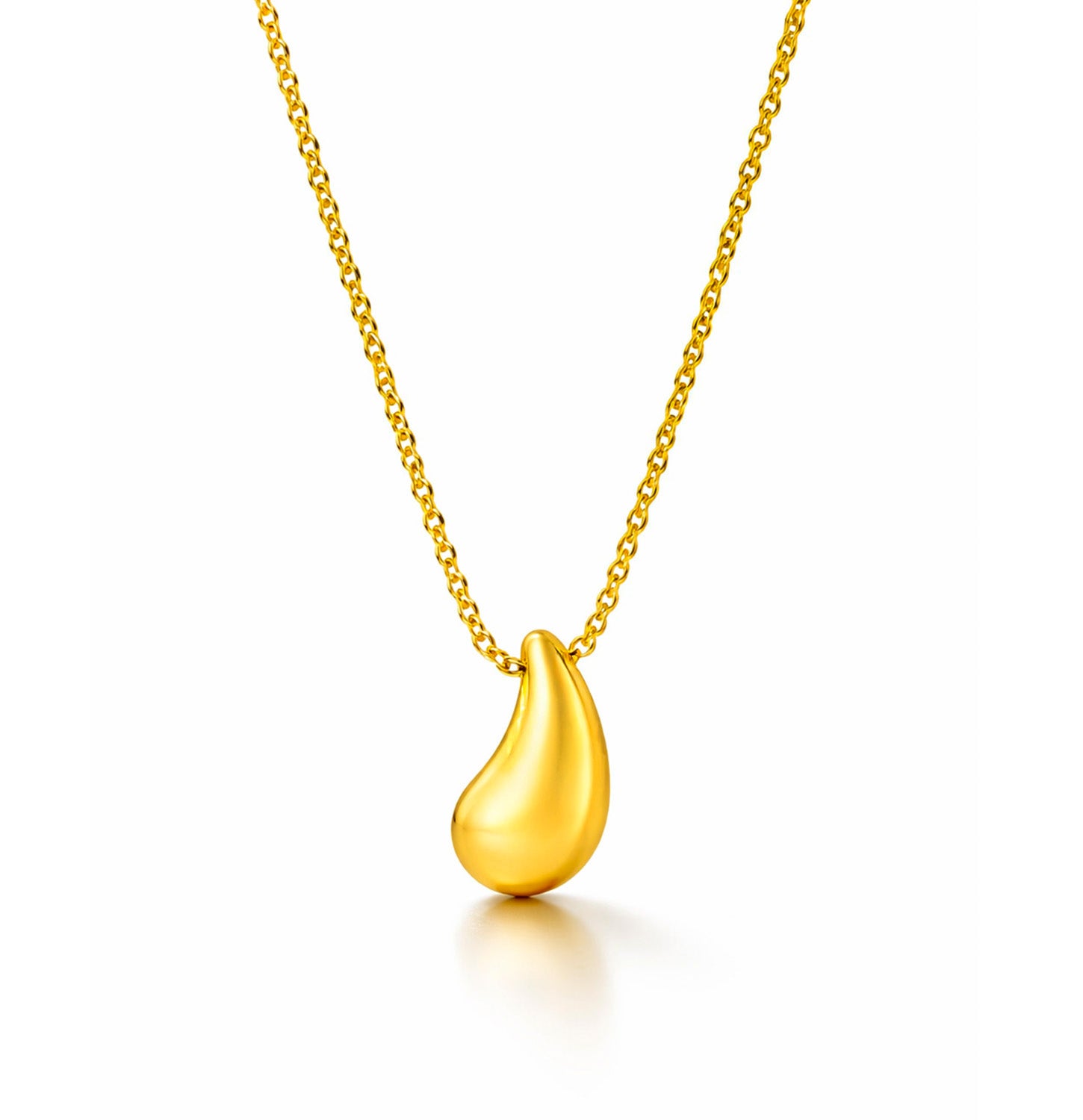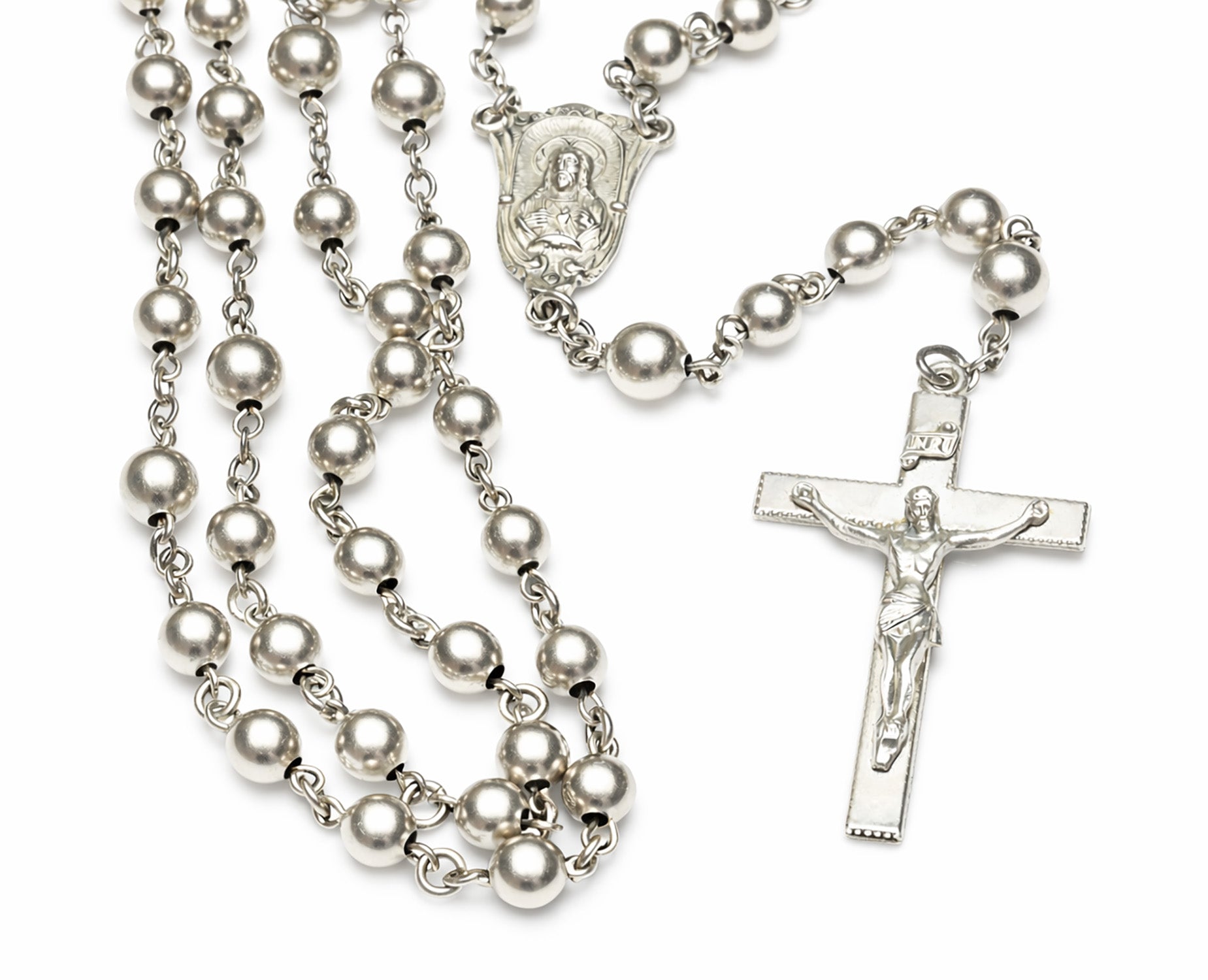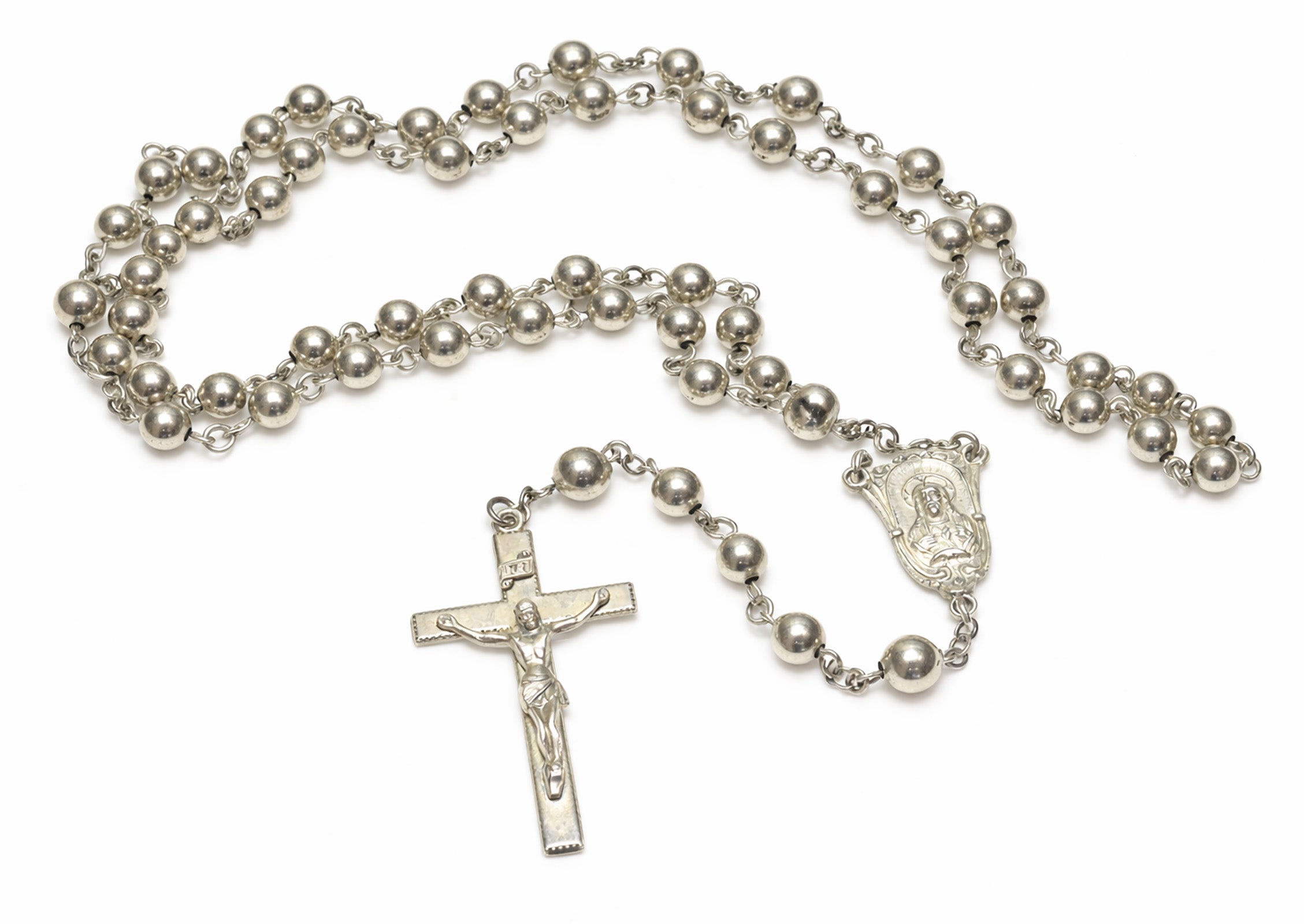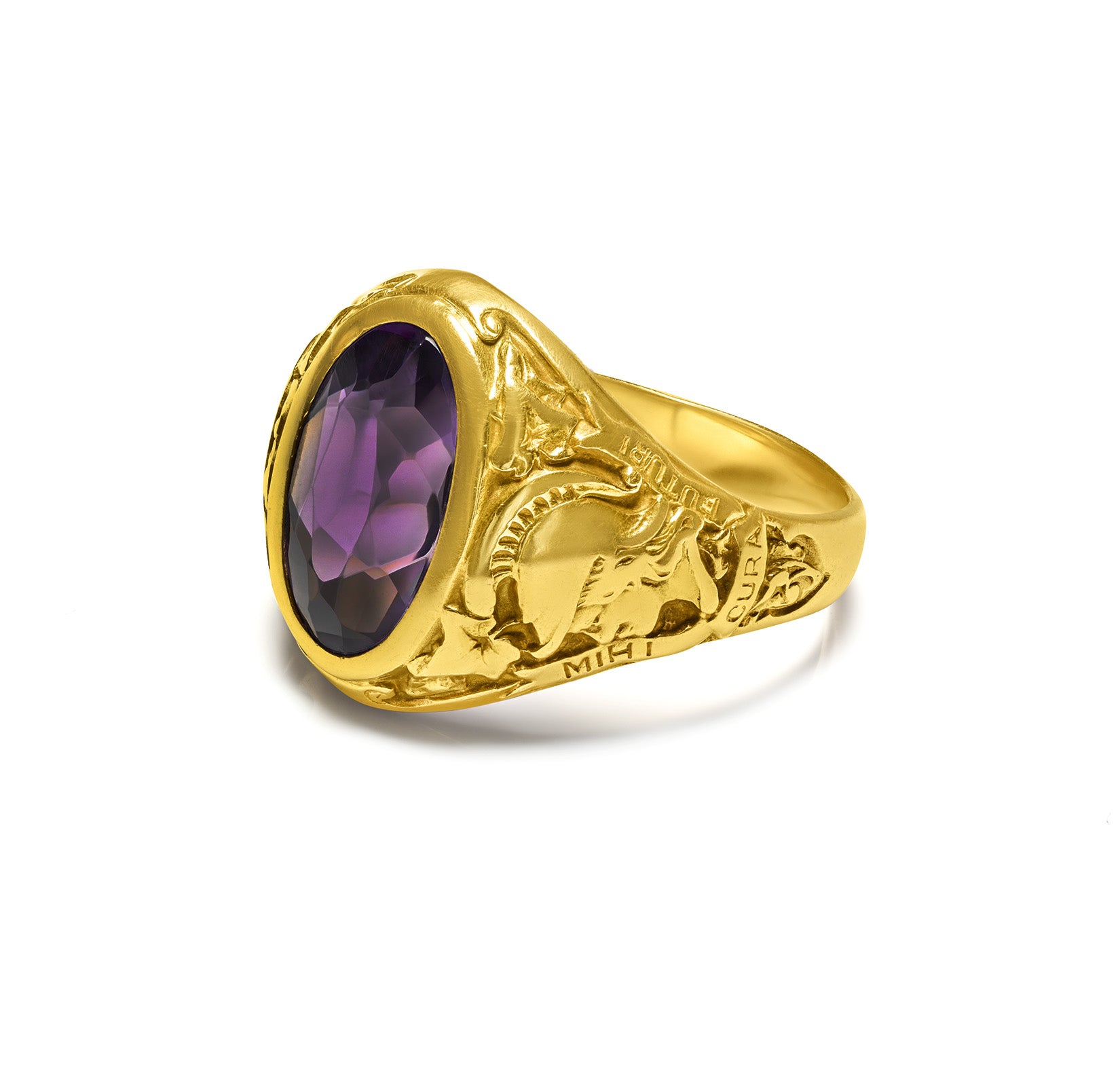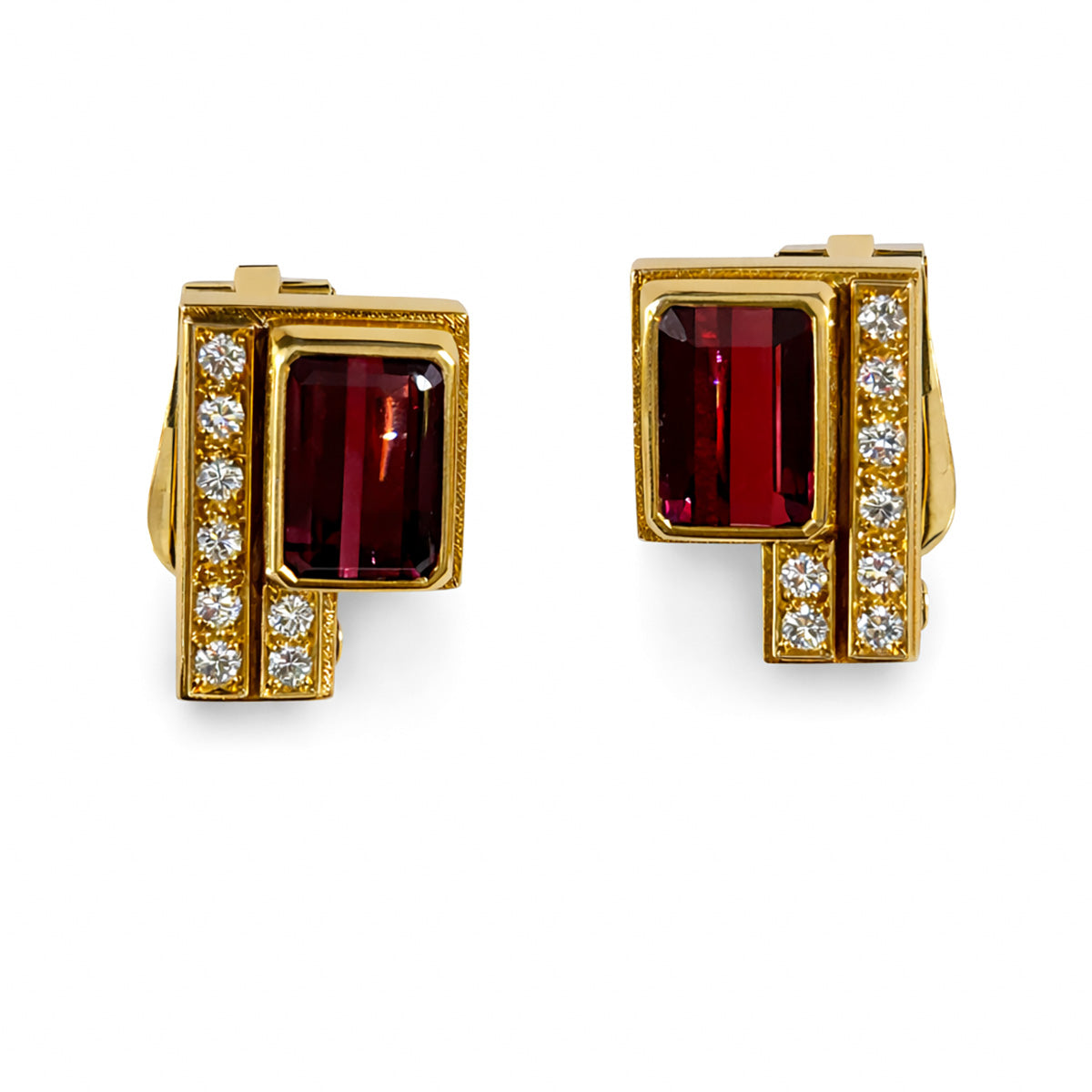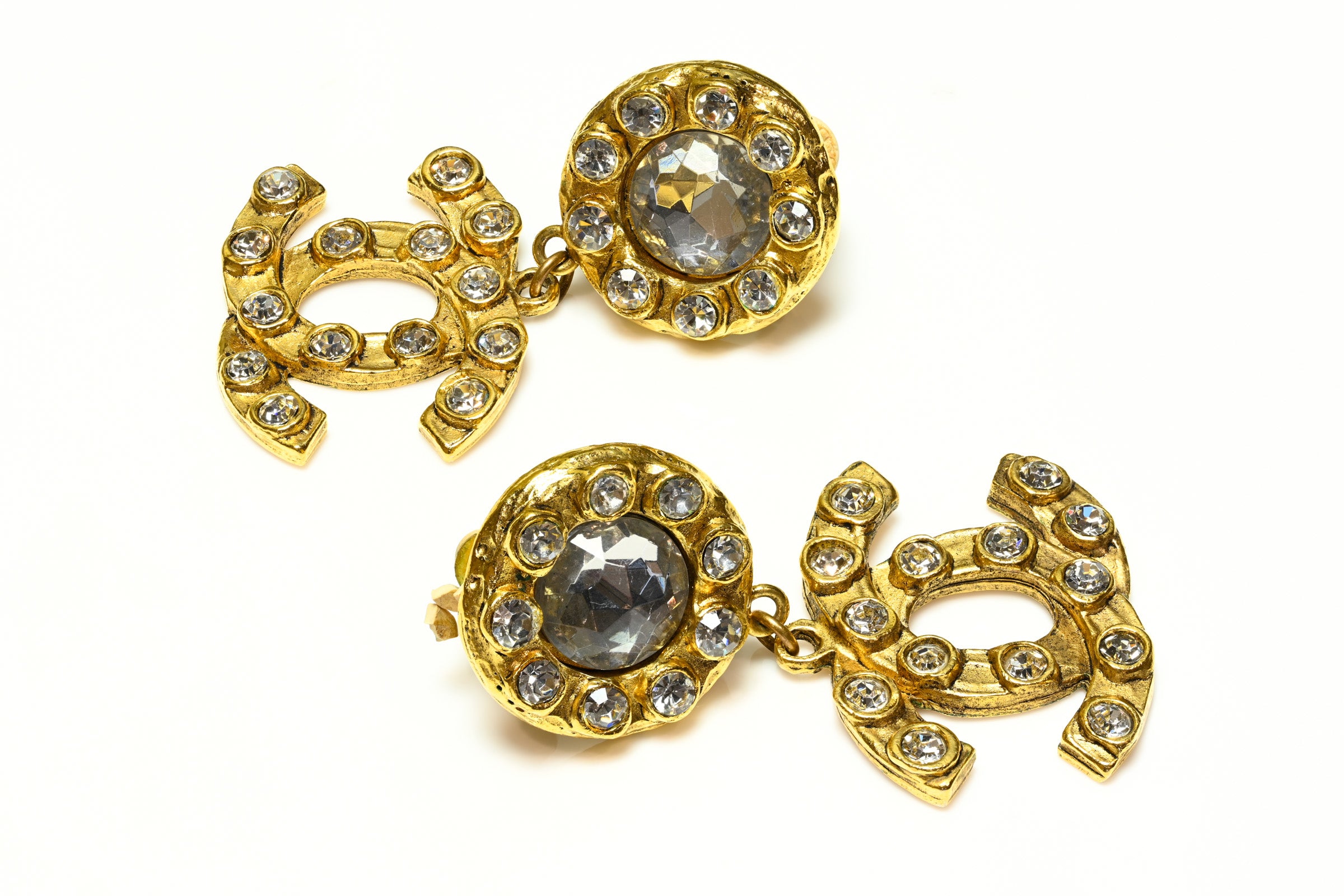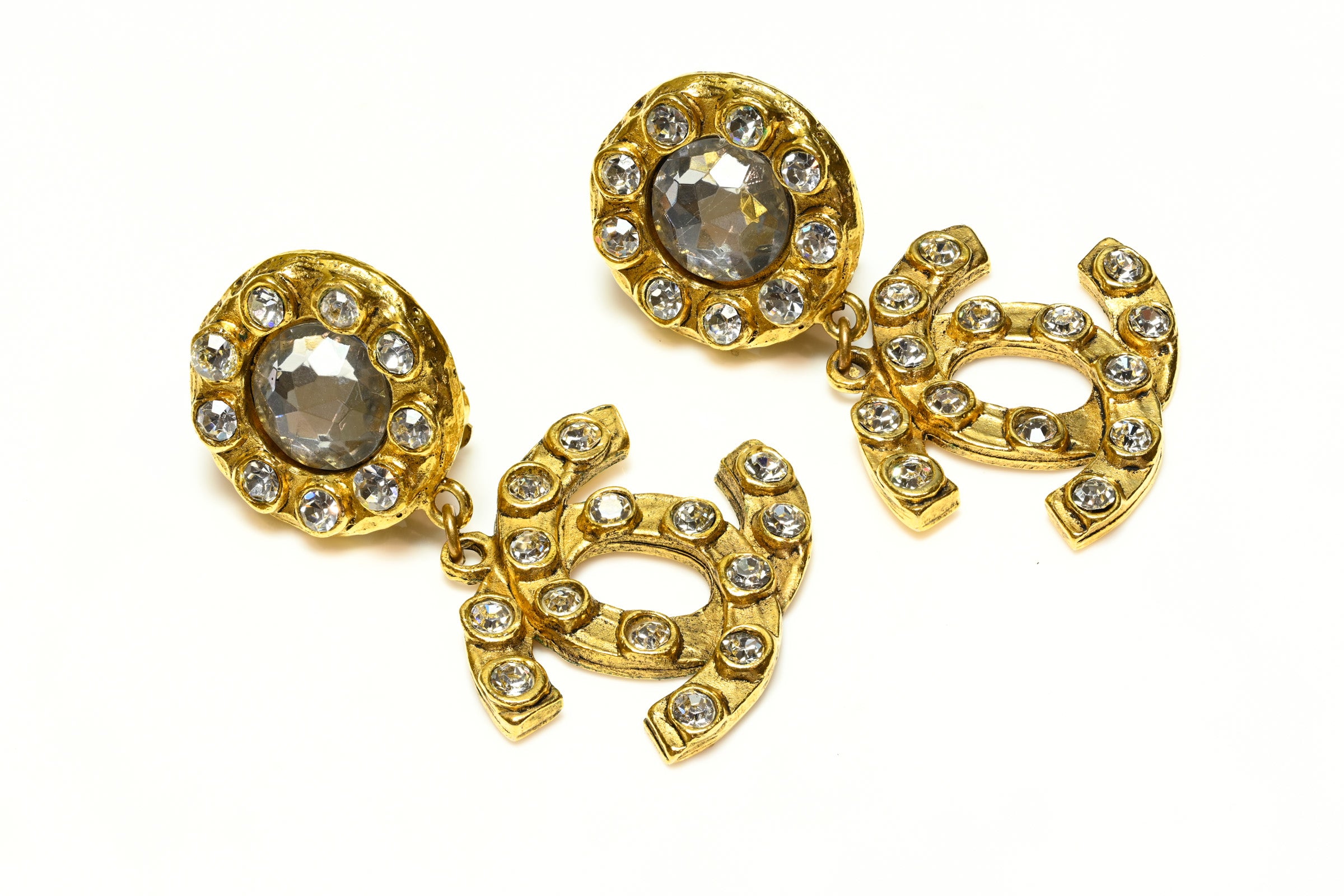
History Of Perfumes: Discover The Mysteries Of Luxury Fragrances
Discover the fascinating history of perfumes! It is time to immerse yourself in the mysterious world of fragrances and their creation.
In some people, the sense of smell is very strong and aromas have the power to arouse emotions. Therefore, the use and choice of fragrance are very personal decisions. Both women and men confirm that scents can change the way they feel and are a good way to express themselves.
Just like people, perfume has its own personality, and, throughout history, fragrance - like style and clothing - has been influenced by fashion trends.
The Fascinating History Of Perfumes
The history of perfume and bottles is not limited to an exclusively artistic analysis but is set in the social context of each historical moment, in other words, it not only reflects creative trends but also reveals the needs, beliefs, and tastes of that society. The history of perfume and cosmetics is a faithful reflection of the values, trends, and social changes of the population.
In the world today, we can even see museums dedicated to the history of perfumes, with a rich collection of essences and bottles that allows us to travel in time and explore the particularities of this field.
A fragrance can take hold of us, make us never forget it, or make us associate it with a special person. Scent envelops us and guides our imagination through mysterious worlds, or brings back memories of other times.
The history of perfume goes beyond the famous brands of today, such as Chanel, Armani, and Gucci. It is ancient, and it is fascinating.
A Journey Through The World Of Ancient Perfumes
Fragrance can serve as a guiding thread through history on different continents. We invite you to join us on this wonderful journey!
Let's start by saying that "perfume" - "per fumus," means "through smoke", a sign that fragrant essences were born closely linked to religions as a way of communicating with the gods. In the second part of the 13th century BC, we find a list of ingredients used to make perfume.
However, like many other things, more information about perfume in antiquity comes from Egyptian relics and tombs, as well as paintings found on Greek and Roman vessels.
The Egyptians paid great attention to body image and grooming, but this luxury was only available to the upper classes of society. The Greeks and Romans had a real ritual: after bathing they massaged themselves with aromatic oils, seeking the 'magical' properties of these smells. All this aromatic culture passed from the Greeks to the Romans.
The division of the Roman Empire, the disintegration, and the emergence of various European states, with the prevalence of the Christian Church, led to the stigmatization of perfumery. So the witness of the evolution of perfume passed to the Arabs, their thinkers being dedicated to the development of alchemy.
The "key" to perfume making is attributed to the 1st-century Arab philosopher and physician named Avicenna, as the product transforms and improves. Arriving in the Iberian Peninsula, the Arabs brought the perfume with them, which thus returned to Europe.
It began in France, which became the jewel of this industry, and Granada and Seville became perfumery centers of the same importance as Baghdad (Iraq) and Damascus (Syria). In the 15th century, Arab perfumers were allowed to remain in Spain. Here the climate was favorable for the jasmine, citrus, lavender, and other aromatic plants that formed part of the composition of the delicious liquid.
Interestingly, the French King Philip II Augustus approved a statute regulating the perfumery profession in 1190. France became a landmark in the world of perfume worldwide.
Perfumes are used in different ways from one continent to another. For example, in India, the sacred books mention 700 products for making essences including cinnamon, spikenard, sandalwood, tuberose, and ginger. Perfume becomes obligatory in certain situations and occupations.
The Chinese people, on the other hand, were very ceremonious about perfume and considered natural gardening an art. Introduced to Japan by the Chinese, perfume became a fundamental element in romantic literature.
The Ancient Perfume Bottle Designs
In the ancient perfume industry, not only the essences were important but also the design of the bottles that contain them.
The Egyptians made and exported diorite and alabaster vessels. The Greeks and Romans used decorated pottery until the advent of crystal in the 1st century BC.
The Romans invented the pomander, a circular gold and silver vessel inlaid with gemstones that contained perfumed ointments. It could be worn with a chain around the neck or waist.
And from here to the 17th-18th centuries, the perfume container developed into a wonderful art, just like the scent of the perfume itself.
Perfumes Based On Alcohol Or Oil?
Here's the secret. On the other hand, one of the most important milestones in the history of perfume is the introduction of alcohol. Even in the Middle Ages perfume was made up of oils. However, the properties of alcohol as a solvent and the ability to absorb and fix aromatic substances, resins, and essential oils did not go unnoticed.
It is not known for sure whether the first people to use alcohol were the nuns of the Santa Maria Novella monastery in Florence, or Queen Elizabeth of Hungary, who in the 14th century created her famous Hungarian Water with cedar, turpentine, rosemary, and alcohol. This innovation was the envy of court ladies at the time. From then on, alcohol became one of the main components of any perfume.
With the decline of Italy and Spain as political and economic powers, the "wealth" in Europe would shift to the Nordic countries: England, France, and Germany... and perfume follows suit.
The first perfume brands appear in France: Piver and Houbigant, which opened their doors in 1774, then the perfume Pierre-François Lubin. The creator of the famous Eau de Lubin combined bergamot, lemon, mustard, lavender, myrtle, neroli, benzoin, and musk.
The Modern History Of Perfumes
The introduction of synthetic compounds in the 1930s made perfumes go beyond what animal and plant products could offer, exploring new and exciting realms of flavors that had not existed before.
Between 1940 and 1950, tastes were changing. Women began to prefer light, floral, and very feminine flavors, in keeping with post-war ideals. While between the 1960s and 1970s the trend shifted towards more sophisticated, woody, incense, and musk flavors - the essence of the Orient.
In the 1980s, striking and voluptuous fragrance aromas are preferred, but this changes completely in the 1990s when fragrances with fresh, clean scents appear. It was hard to tell the difference between male and female fragrances!
In the 2000s, manufacturers started using the aromas of different fruits in their perfumes. Often the perfumes smelled so delicious that you didn't know what to do with them: eat the bottle or use what was in the bottle!
The history of perfume extends to the present day. Now, the range of scents available is astonishing and it is certainly impossible not to find one, or more, that does not satisfy everyone's requirements: light and fresh, sweet and floral, exotic and luxurious, for a special evening or a romantic occasion, for all tastes.
"Perfume is the ultimate accessory, unseen and unforgettable. It announces your arrival and prolongs your presence after you leave," said Coco Chanel.

